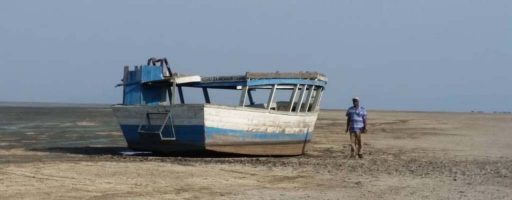
Overview
For more information about Paul van Gardingen’s research, please visit the following links or read the overview below.
- Personal Research
- Research Strategy
- Research Communication
- Monitoring, Evaluation and Learning
- Publications
A timeline: Diversity in location and activity
Early 1980’s
I started my independent research career as an undergraduate student studying plant physiology in New Zealand. My undergraduate thesis was on the water use of “leafless” varieties of peas (Pisum sativum). My PhD thesis was on the regeneration and management of native Beach forests (Nothofagus) in New Zealand.
1986-89
Coming to the University of Edinburgh in 1986, I commenced a Post-Doctoral Research Fellowship funded by the Agriculture and Food Research Council (AFRC), a precursor to the UK’s current Biotechnology and Biological Sciences Research Council). This Fellowship was focused on describing the impacts of wind abrasion on plants.
1989-90
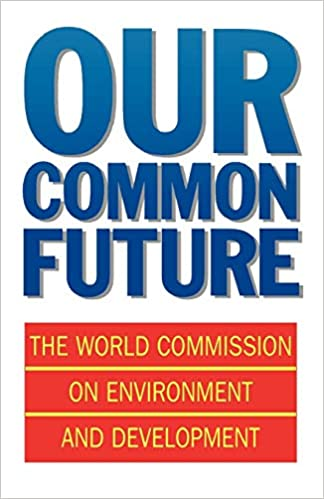 In late 1989 I returned to New Zealand to take up a second Post-Doctoral Research Fellowship, with MAFTechnology, part of the Ministry of Agriculture and Fisheries. My role was to work on the links between climate change and agriculture in New Zealand. This was an important topic at that time with the vital contribution of agriculture to the economy and the large proportion of New Zealand’s greenhouse gas emissions.
In late 1989 I returned to New Zealand to take up a second Post-Doctoral Research Fellowship, with MAFTechnology, part of the Ministry of Agriculture and Fisheries. My role was to work on the links between climate change and agriculture in New Zealand. This was an important topic at that time with the vital contribution of agriculture to the economy and the large proportion of New Zealand’s greenhouse gas emissions.
1990-97
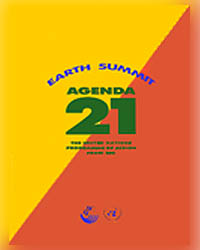 In 1990, I returned to the University of Edinburgh to take up a full-time teaching and research post in crop science in the newly established Institute of Ecology and Resource Management. My research expanded to cover tropical forest management and the structure of forest canopies.
In 1990, I returned to the University of Edinburgh to take up a full-time teaching and research post in crop science in the newly established Institute of Ecology and Resource Management. My research expanded to cover tropical forest management and the structure of forest canopies.
From 1991 I took on the leadership of the research programme of the Indonesian Tropical Forestry Management Programme (ITFMP), funded by the UK’s Overseas Development Administration which started my global research career. I also started working with colleagues in Italy on the impacts of CO2 on vegetation.
Both of these programmes of research were effectively responding to the challenges set out in the Agenda 21 outcome document from the 1992 Rio Earth Summit.
1997-2005
In 1997, there was a major shift as the research I was leading at the time needed to adjust to changing global priorities for global environmental research.
 This meant considering how society interacts with the environment and benefits their can derive from sustainable development. There was a need to understand and describe how forests and the natural environment contributed to poverty alleviation, leading up to the adoption of the UN’s Millennium Development Goals in 2000.
This meant considering how society interacts with the environment and benefits their can derive from sustainable development. There was a need to understand and describe how forests and the natural environment contributed to poverty alleviation, leading up to the adoption of the UN’s Millennium Development Goals in 2000.
The next phase of my personal research involved expansion of research on sustainable forest management with the DFID-funded SYMFOR project that commenced in 1998 and a programme of work funded by the European Union under the Berau Forest Management Programme in East Kalimantan, Indonesia. SYMFOR’s initial focus on forests in Indonesia, subsequently extended into the Amazon (Brazil, Guyana, French Guiana) and to Ghana in West Africa.
2005-2009
2005 saw the publication of two key reports that were to influence my professional career for at least the next 15 years.
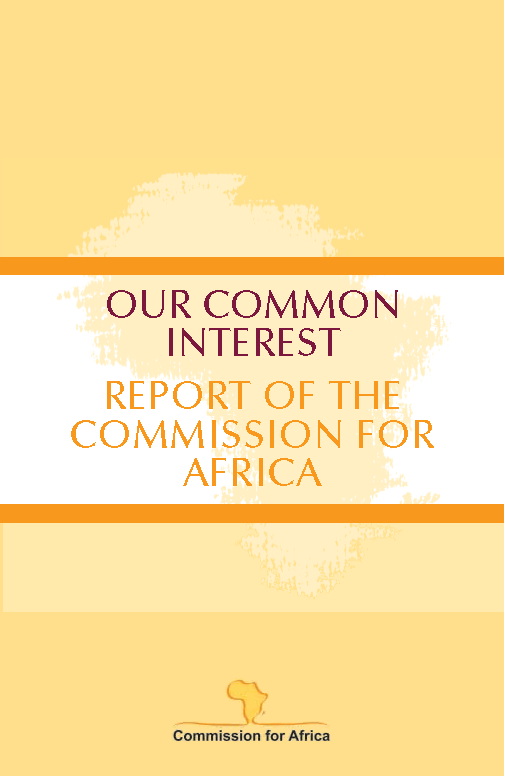 The report of the Commission for Africa: “Our Common Interest” outlined the challenges that need to be addressed to meet Africa’s development up to 2015 (MDG target date) and beyond. An important role was outlined for science, technology and innovation, a theme that was picked up by the UK Government as they chaired the 2005 meeting of the G8 in the same year that the UK held the role of Chair of the European Council.
The report of the Commission for Africa: “Our Common Interest” outlined the challenges that need to be addressed to meet Africa’s development up to 2015 (MDG target date) and beyond. An important role was outlined for science, technology and innovation, a theme that was picked up by the UK Government as they chaired the 2005 meeting of the G8 in the same year that the UK held the role of Chair of the European Council.
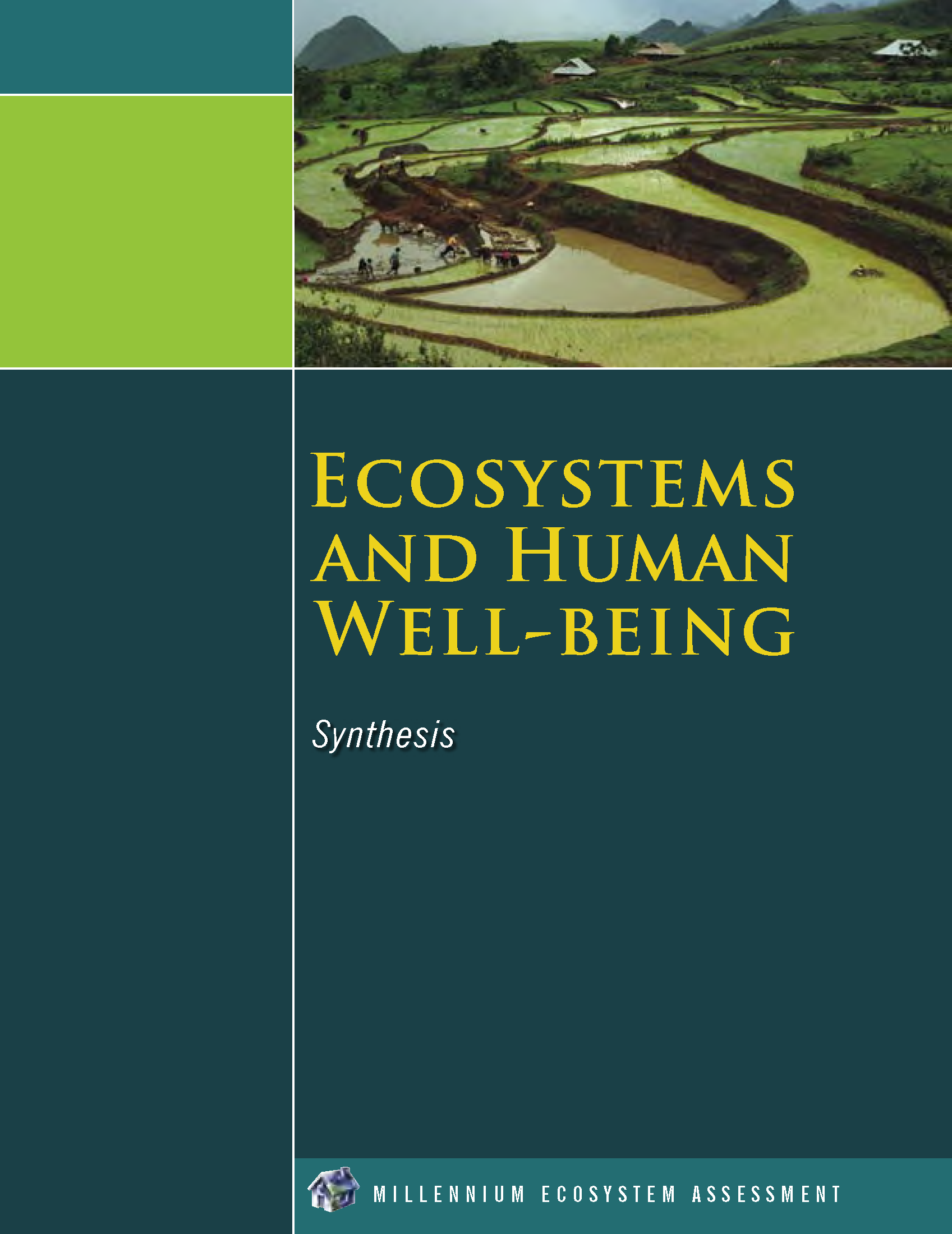 Critically, the MEA’s reports provided an assessment of the likely consequences of ecosystem change for human well being. The MEA’s Synthesis Report highlighted both the scale of the challenges and an agenda for future action. New research was a major component of the MEA’s suggested follow-up programme.
Critically, the MEA’s reports provided an assessment of the likely consequences of ecosystem change for human well being. The MEA’s Synthesis Report highlighted both the scale of the challenges and an agenda for future action. New research was a major component of the MEA’s suggested follow-up programme.
Over the period between 2005 and 2010 I worked with colleagues around the world to contribute to delivering against both the Commission for Africa Report and the MEA.
My work in Africa, funded by the UK’s Department for International Development considered the role of science, technology and innovation supporting national development. This involved working with the African Union, NEPAD, the New Partnership for Africa’s Development and the African Ministerial Council for Science and Technology as they worked to implement their Science and Technology Consolidated Plan of Action for Science and Technology. During the same period I worked with the President’s Office in Rwanda to support the development of a national framework to support science, technology and innovation in Rwanda.
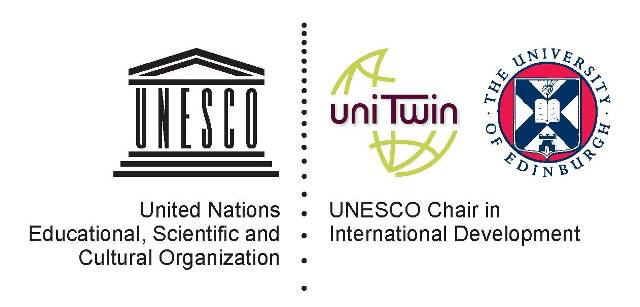 At the University of Edinburgh, I established their initial International Development Centre and worked with colleagues in the University and partners more widely in Scotland and around the world to build interdisciplinary partnerships to address the Millennium Development Goals. This work was recognised through the award of the inaugural UNESCO Chair in International Development in 2008.
At the University of Edinburgh, I established their initial International Development Centre and worked with colleagues in the University and partners more widely in Scotland and around the world to build interdisciplinary partnerships to address the Millennium Development Goals. This work was recognised through the award of the inaugural UNESCO Chair in International Development in 2008.
Late in 2007, the UK Government announced that it would be developing a major new international research initiative linking ecosystem services and poverty alleviation, funded jointly by the Department for International Development, Natural Environment Research Council and Economic and Social Research Council. I was asked to join a small team of academic experts and research council staff to design this new programme of research.
During the initial design phase, a set of ESPA Situational Analyses were commissioned which reported back in 2009 before the funders finalised the programme design and first call for proposals.
2010-2016

ESPA was launched by DFID, NERC and ESRC with a call for proposals and a tender process to establish the global Directorate for the ESPA Programme.
I was successful in bids for both and became the first ESPA Director a post that I held for 6 years from September 2010. I was also awarded a ESPA Framework project which was transferred over to colleagues in the School of GeoSciences at the University of Edinburgh.
2017-2020

In 2017, I took up a new senior leadership role at the University of Leicester, as Deputy-Pro-Vice-Chancellor for International and Development Research. This main purpose of this role was one of research leadership to create an environment that would result in significant growth of global research at the University.
Key research achievements during this period included:
- Driving significant growth in the University’s international research.
- Leading Leicester’s largest Global Challenges Research Fund application (nearly £15 million) on the theme of “Resilient Inclusive and Sustainable Cities”. Whilst the original bid was not successful, a number of smaller follow-up projects are now running.
- Leading the submission of Leicester’s GCRF Strategy for Research England, which was one of the few submissions that was assessed as being exemplary.
- Leading the development of the “Nairobi Alliance” a grouping of the Universities of Leicester, Nairobi, Rwanda, Malawi and Witwatersrand” to build a strategic partnership for both research and education.
- Co-leading the development and submission of a GRCF project proposal on plastics in Africa in partnership with the University of Malawi and University of Nairobi.
- Working with the University of Nairobi and OECD on the role of innovation and innovation systems for development.
2020-
In January 2020, my role at D-PVC at the University of Leicester ended and I transitioned into a Honorary Chair in International Development.
My research into innovation for development and plastics in Africa are currently ongoing.